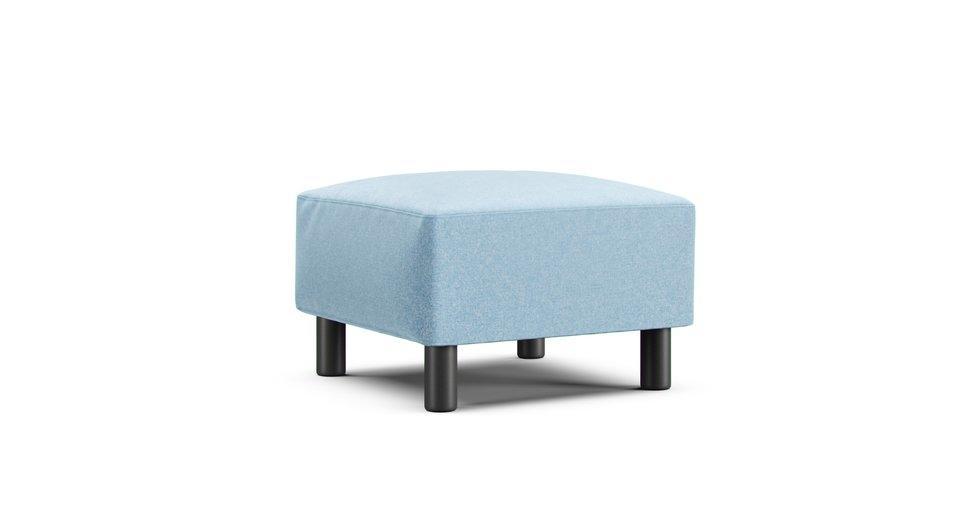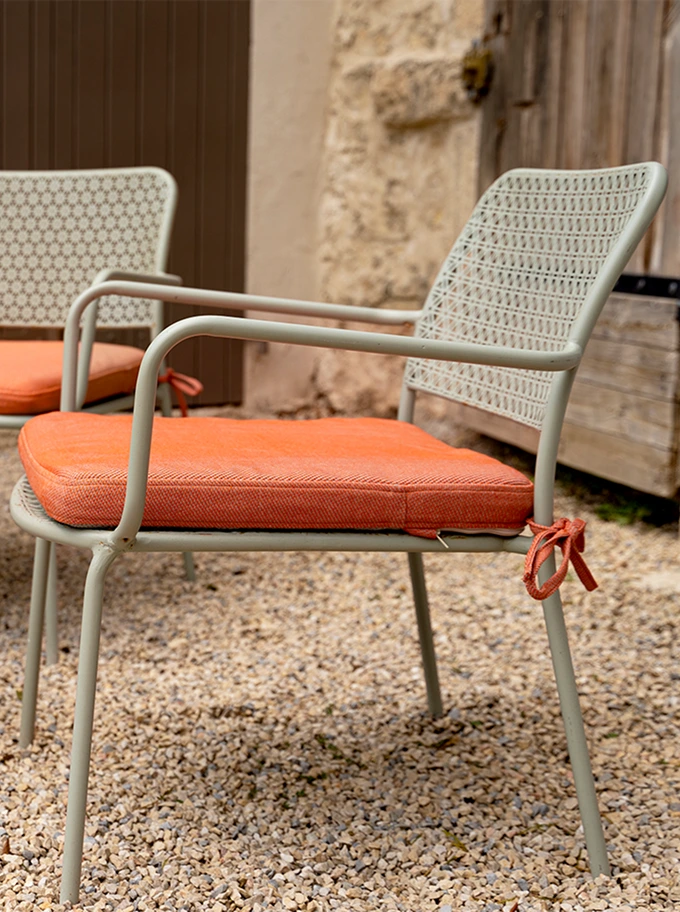
In the last post, we talked about how to welcome spring into your home using simple spring decors.
If you’re not just into home decors, but also about bringing in positive energy flow into your home, you’re in luck!
And so, after looking at numerous articles on feng shui decor, we’ve finally selected a few that sound the most relevant and important to our readers:
TABLE OF CONTENTS
- Fill your home with plants
- Declutter your space
- Air out your space and let in fresh air
- Clear your front entrance to bring energy into your home
- Balance the 5 elements with furniture and colours
- Make space for every member of your space
BONUS (Work with colours you like!)
Green
Blue
Beige
Yellow
Red
1. Fill your home with plants
Plants are always welcome in the home. Apart from being natural air purifiers that offer you fresh air, plants bring a sense of vitality and energy to a space. They promote growth, abundance, and prosperity in feng shui.
With a majority of our employees being Chinese, whenever the Chinese New Year approaches (which is also a celebration of the coming of spring), we try to incorporate plants into our homes to ensure that the new year also comes with an abundance of wealth and prosperity.
Not someone with green fingers? Here are the types of indoor plants that require the least care which you should try growing at home for a start.

2. Declutter your space
Hoarders, beware! When there is too much stuff that you don’t need laying around the house, it not only takes up space, it blocks the flow of energy, or what they call “chi” in feng shui. When there’s a blockage, that also means that there is stagnant energy and that’s a big no-no. In feng shui, it is important to have a continuous flow or energy whether in our bodies or within buildings.
It’s time for that spring cleaning, and here’s a simple guide on how to spring clean like a pro.

3. Air out your space and let in fresh air
Open your windows and let in the fresh air from the outside! Relating to Number 1, letting fresh air circulate in the house also means that there is the flow of “chi”.
But what’s more beneficial is that this will clear out negative energy. Negative energy can be present in a space due to a variety of factors, such as arguments, illness, or stress. Opening windows and airing out your space can help to promote a more positive and peaceful environment.

4. Clear your front entrance to bring energy into your home
In feng shui, the front entrance of your home is considered to be a very important area, as it is the main point of entry for energy into your home.
Don’t let kids’ bicycles or trash cans block the front of your home. Ensure that the entrance is clear and unobstructed, so that energy can flow freely into your home. Once again, we do not want there to be stagnant energy with the clutter of objects, especially at the entrance of your home.
Consider adding a welcome mat, potted plants, or other decorative elements that create a warm and inviting atmosphere in order to attract positive energy.

5. Balance the 5 elements with furniture and colours
There are five elements in feng shui: wood, fire, earth, metal and water. They are considered to be important for creating a balanced and harmonious environment.
So, for you to create a balance, consider adding furniture or colours that are associated with the colours of these 5 elements. For example, you can incorporate wooden furniture in your home, such as wooden tables, chairs, shelves et cetera. Green is associated with the element of wood, so adding green decorations to your home also means adding wood elements into the space. You could try adding a green slipcover over your wooden sofa, so then you’d be getting the best of both worlds!
Try finding 3 colours belonging in the wood element amongst 74 colours on this page !

6. Make space for every member of your space
The wellbeing and happiness of every member of the household is important for a harmonious environment at home.
You’ll need to ensure that each person has their own space that they can retreat to and feel comfortable in. This can be a bedroom, a study, or even a corner of the living room. Make sure that each person’s space is personalised and reflects their individual tastes and needs when it comes to designing your home.
Besides personal spaces, shared spaces are important for bringing the family together and promoting a sense of unity and togetherness. Be sure to make a shared space out of the living room or dining area so that the whole family can gather and spend time together.

BONUS
There are a few evergreen colours that work for good feng shui around the house:
Green
Green is a soothing colour that represents growth, healing, and new beginnings. It’s an excellent choice for bedrooms, bathrooms, and any area where you want to create a calming and relaxing atmosphere.
Blue
Blue represents calmness, tranquility, and relaxation. So, in areas where you’d like to promote relaxation, such as the bedroom and the bathroom, make use of the different hues of blue.

Beige
Beige, as a neutral colour, represents simplicity, balance, and calmness. It’s pretty common to see beige used in living rooms and dining rooms. Take a look at how some of these lifestyle experts on Instagram have decorated their spaces in beautiful beiges.


Yellow
Yellow is cheerful and energising, and it represents warmth, happiness, and optimism. If you’re looking to create a lively and welcoming atmosphere, pick yellow!

Red
Red is a powerful and energising colour that is often used to mean passion, love, and vitality. Used for creating a sense of excitement and enthusiasm, red is good to be used in home offices or workout rooms.
Want to start getting active but not ready to go all out for your workout yet? Start slow with these simple arm, core and cardio workouts, right in the comfort of your own living room.














